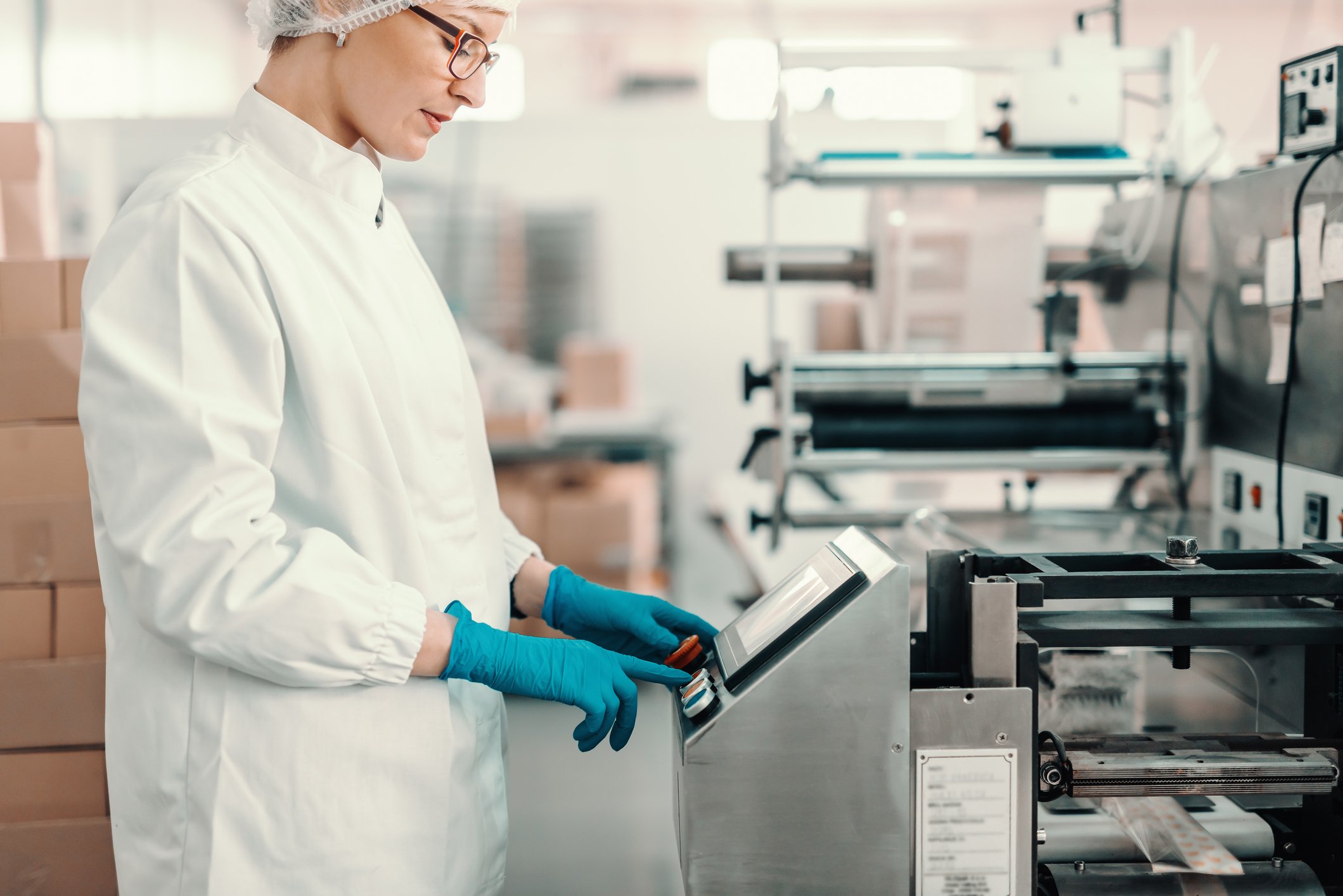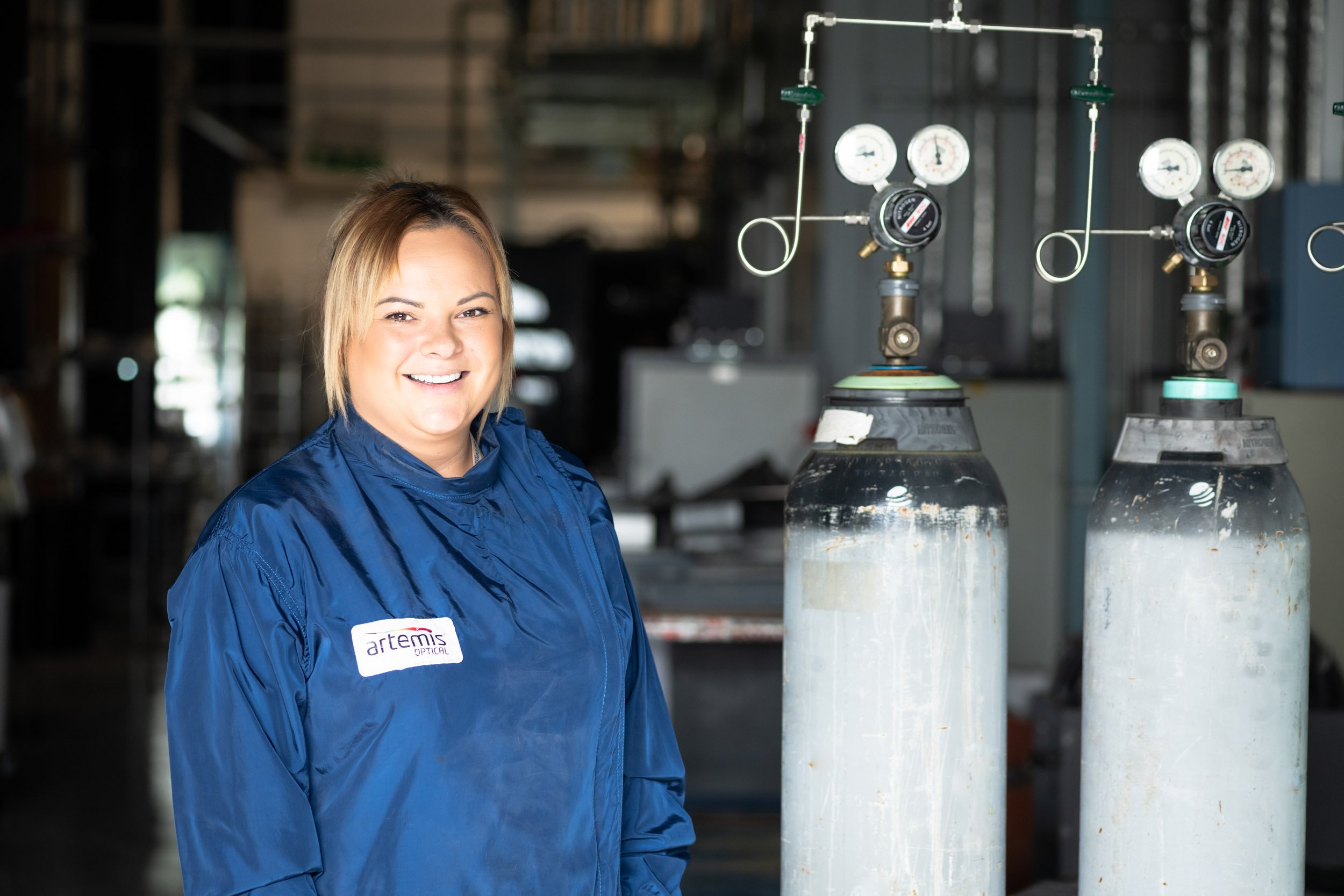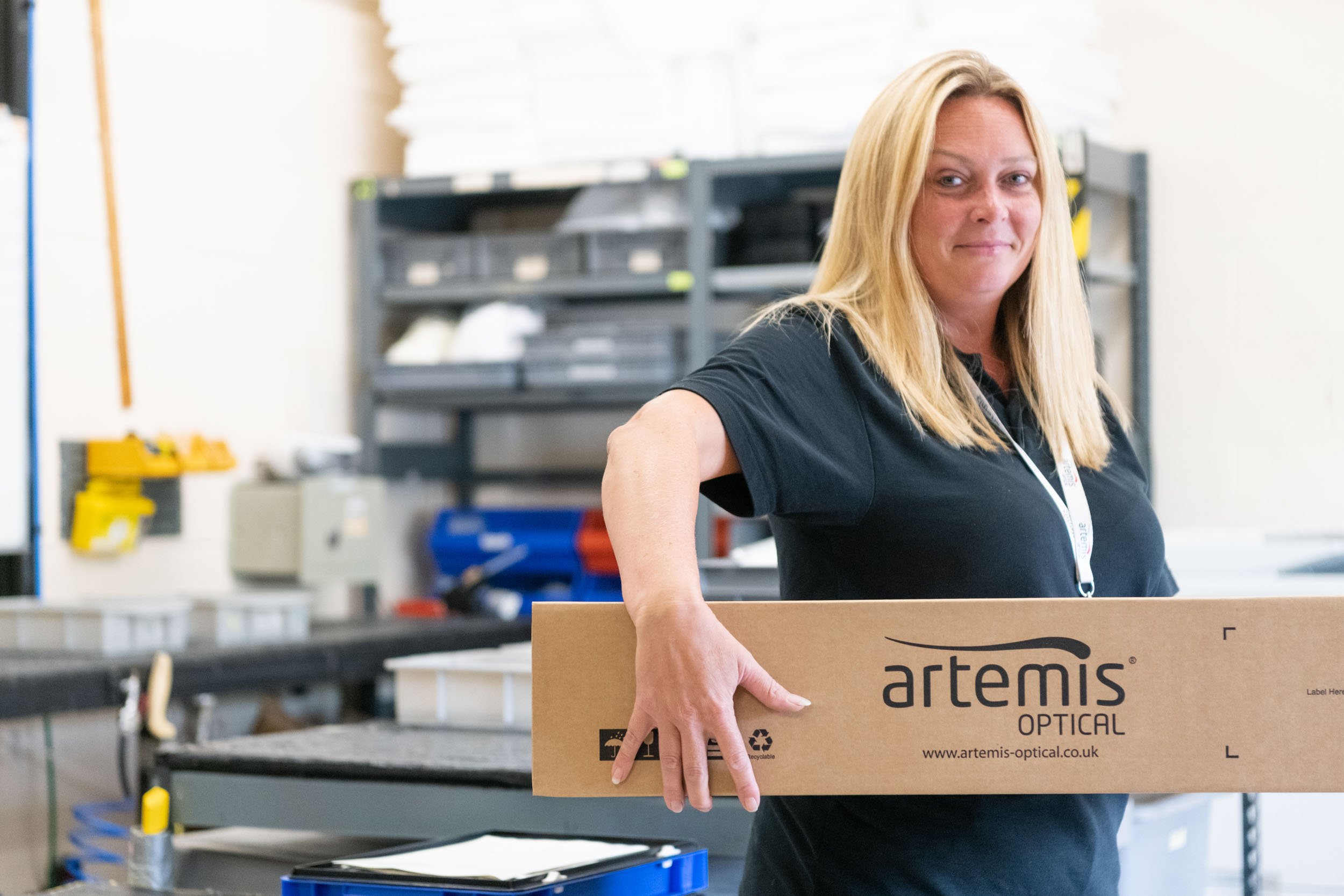
Gas Analysis
Gas analysis is a critical process that involves determining the percentage concentration of individual compounds present in a gaseous sample.
This technique is indispensable in a wide range of applications, such as environmental monitoring, industrial process control, medical diagnostics, and agricultural research.

G&H | Artemis' customers are original equipment manufacturers (OEMs) of cutting-edge photonic gas analysis systems, which utilise advanced technologies such as Fourier Transform Infrared Spectrometry (FTIR) and Raman Spectroscopy for high-precision analysis. Both FTIR and Raman Spectroscopy are non-destructive analytical methods that provide valuable information on the composition and molecular structure of gaseous samples.
FTIR spectroscopy is based on the absorption of infrared light by molecules, which leads to changes in their vibrational energy levels. This technique is widely used for detecting and quantifying various gases, such as carbon dioxide, methane, and water vapor, among others. Raman Spectroscopy, on the other hand, relies on the inelastic scattering of light by molecules, providing complementary information to FTIR and extending the range of detectable compounds.

G&H | Artemis incorporates its high-quality narrow bandpass filters into filter-wheels designed for integration into various analytical instruments. These filters enable the accurate detection and monitoring of gas and moisture content in industrial lines, ensuring optimal process efficiency and product quality. Moreover, they are used in remote sensing applications, such as satellite-based monitoring systems that observe crop growth and movement from space, providing valuable data for agricultural planning and management.
By offering these advanced optical solutions, G&H | Artemis plays a vital role in supporting the development and performance of sophisticated gas analysis systems. As a result, industries worldwide can benefit from improved monitoring capabilities, enhanced process control, and more informed decision-making, ultimately contributing to increased safety, sustainability, and productivity.
By offering these advanced optical solutions, G&H | Artemis plays a vital role in supporting the development and performance of sophisticated gas analysis systems




























